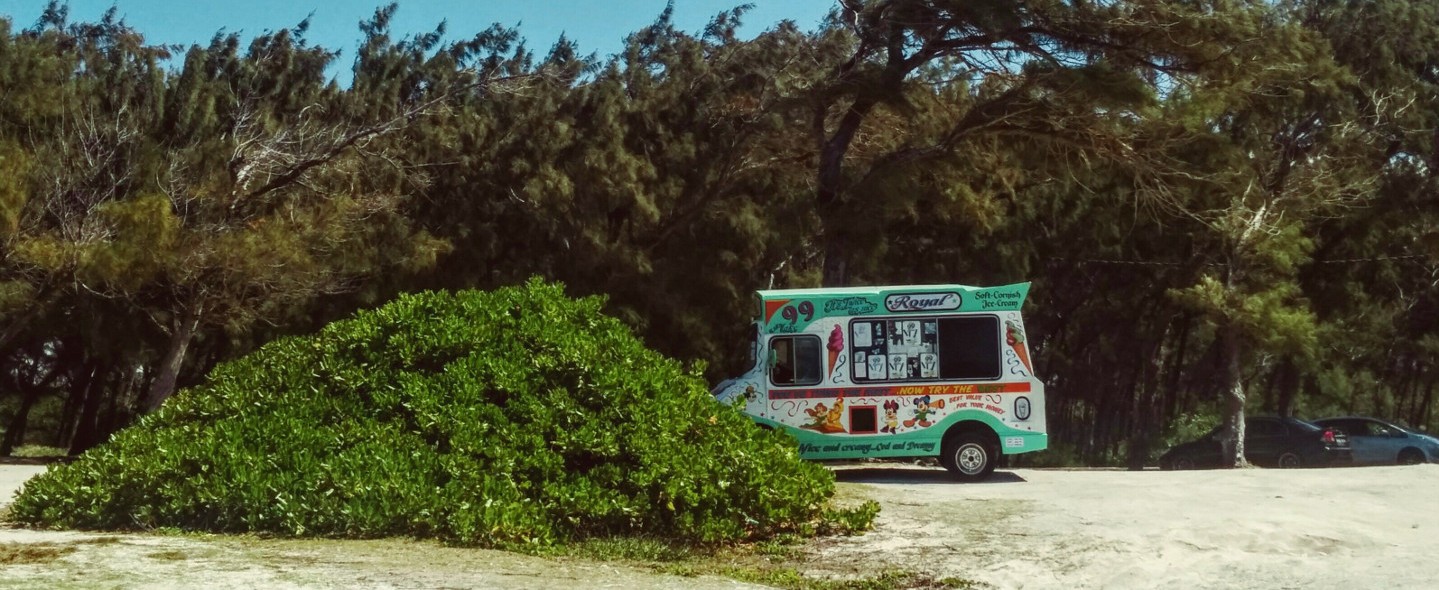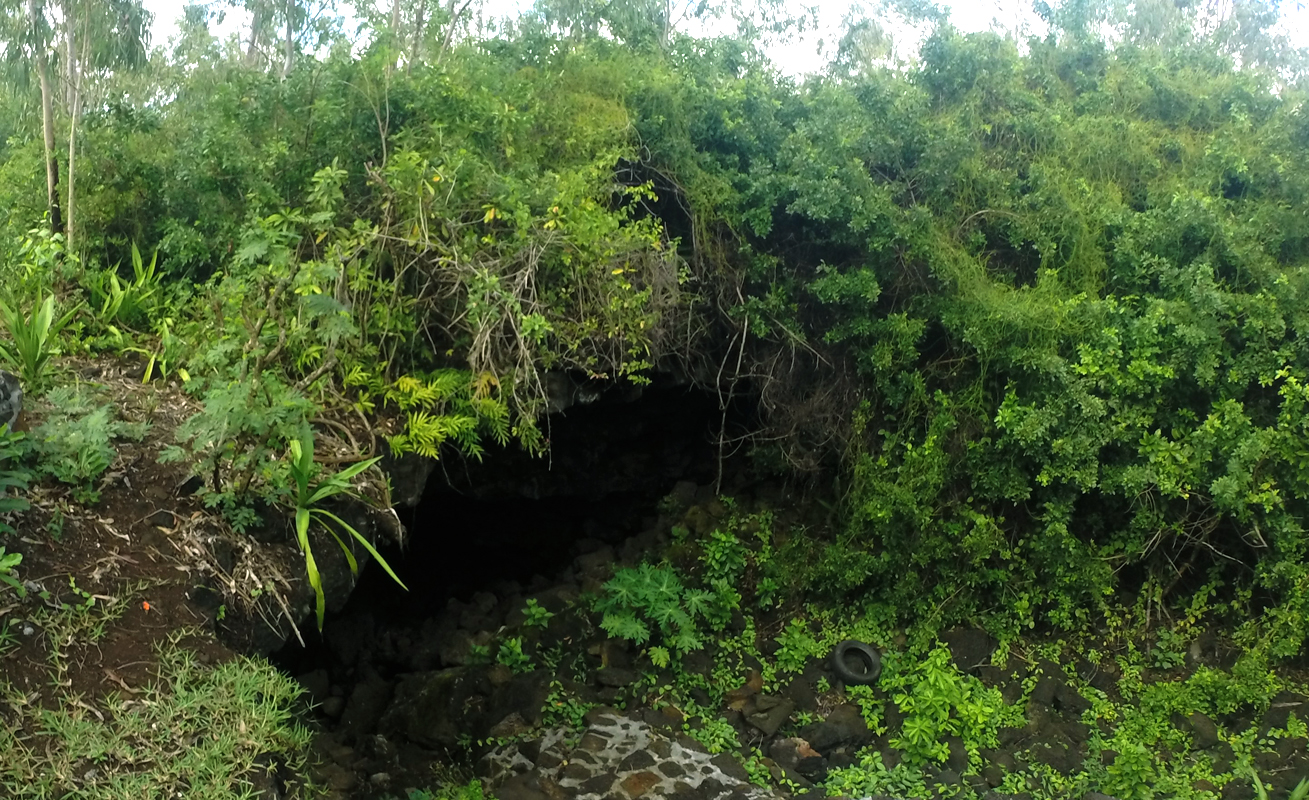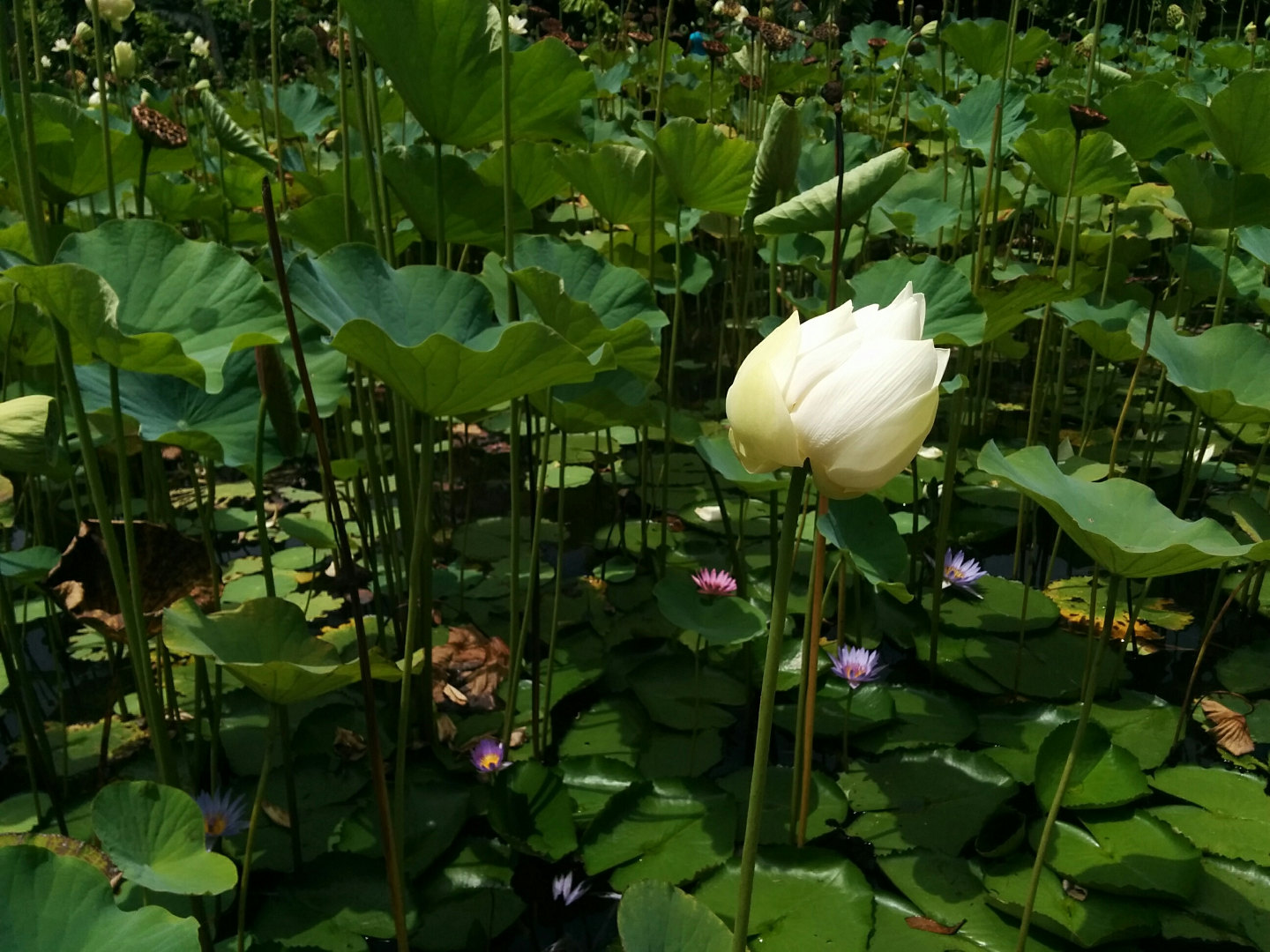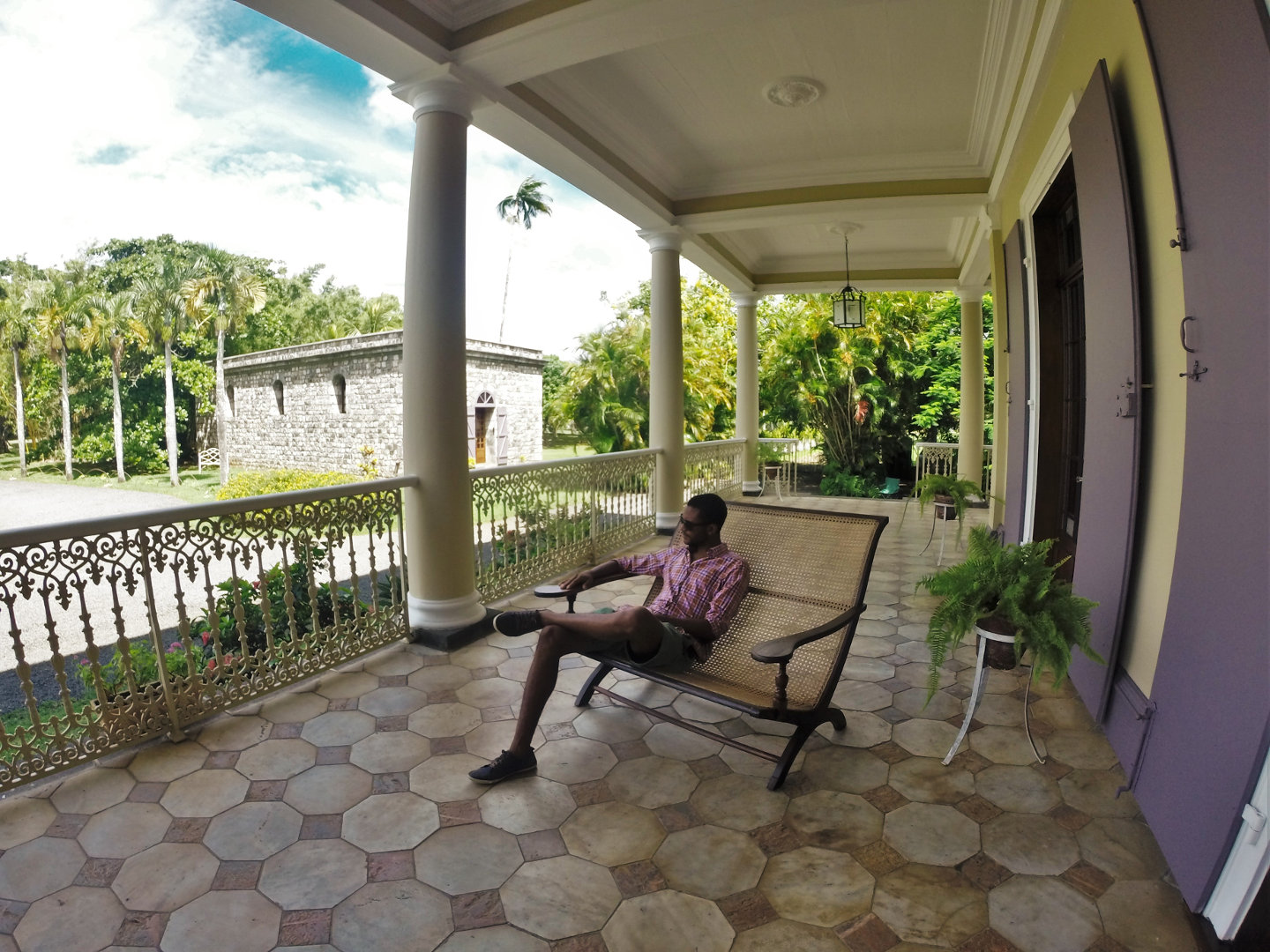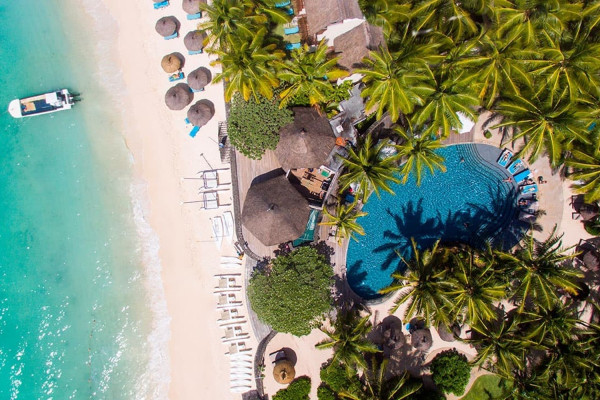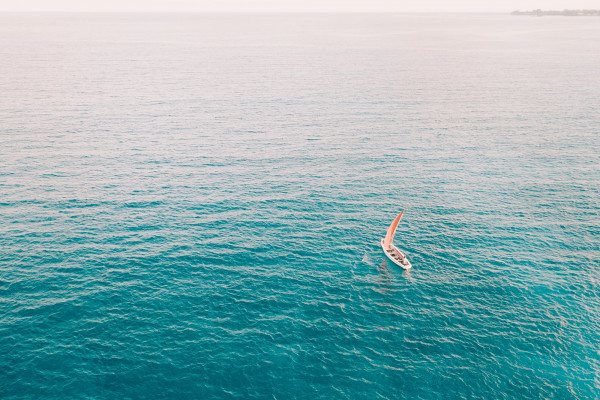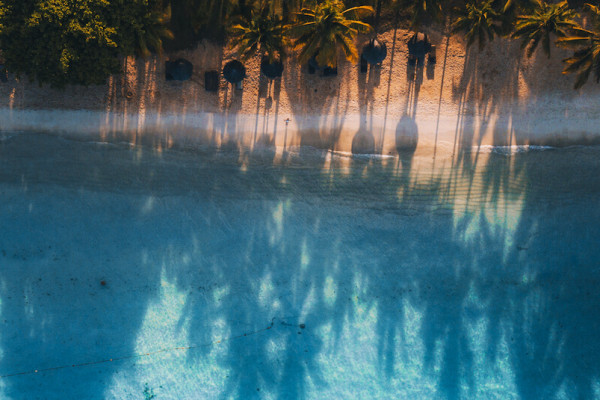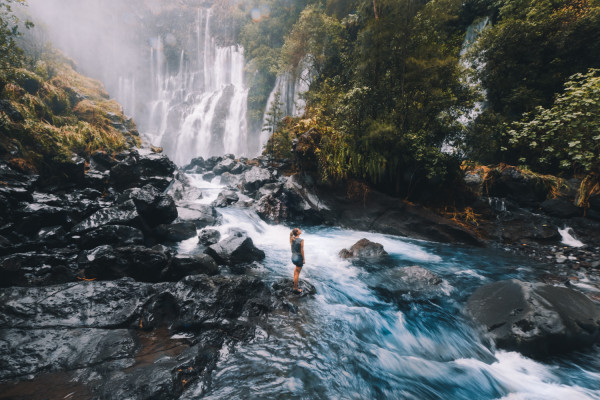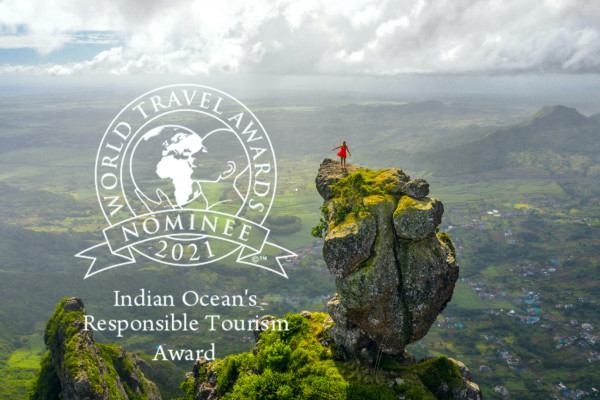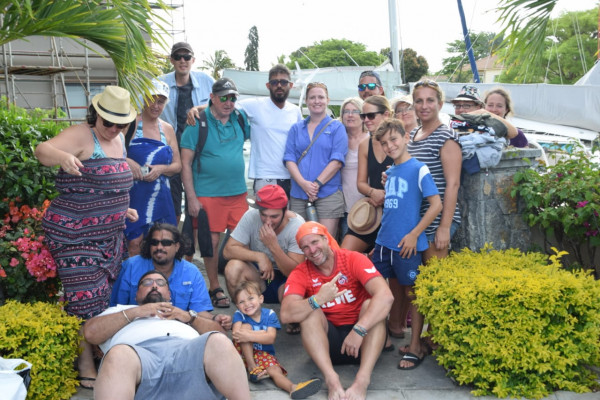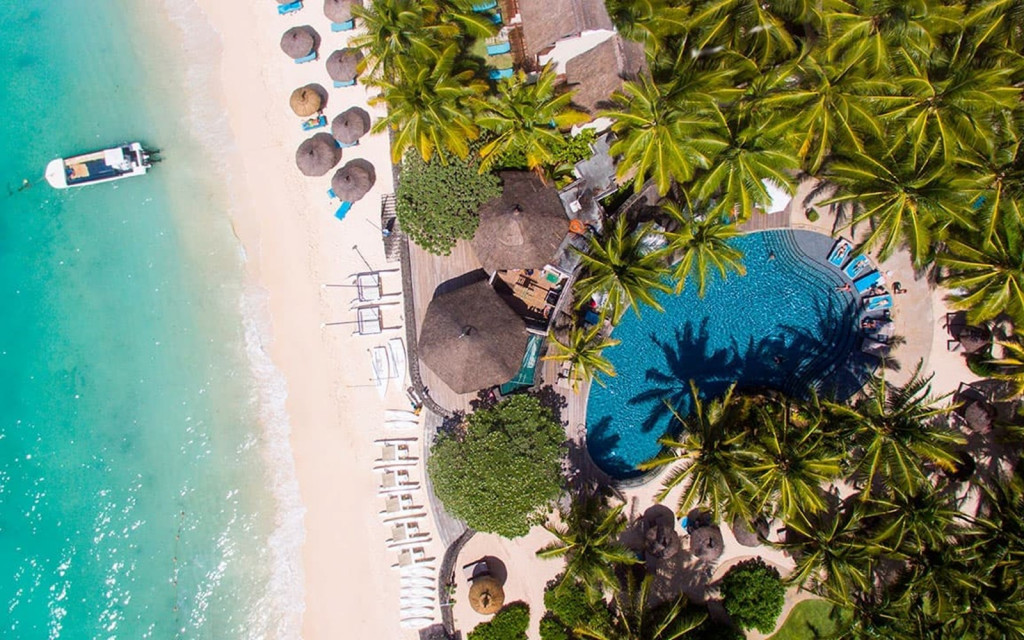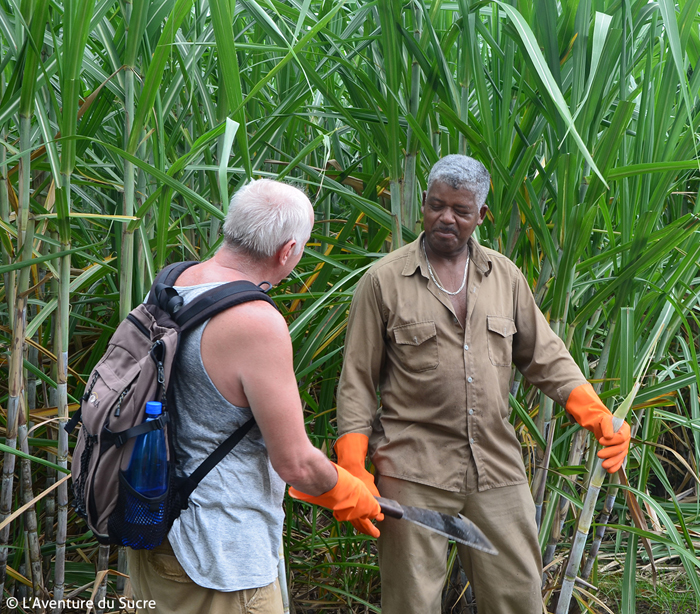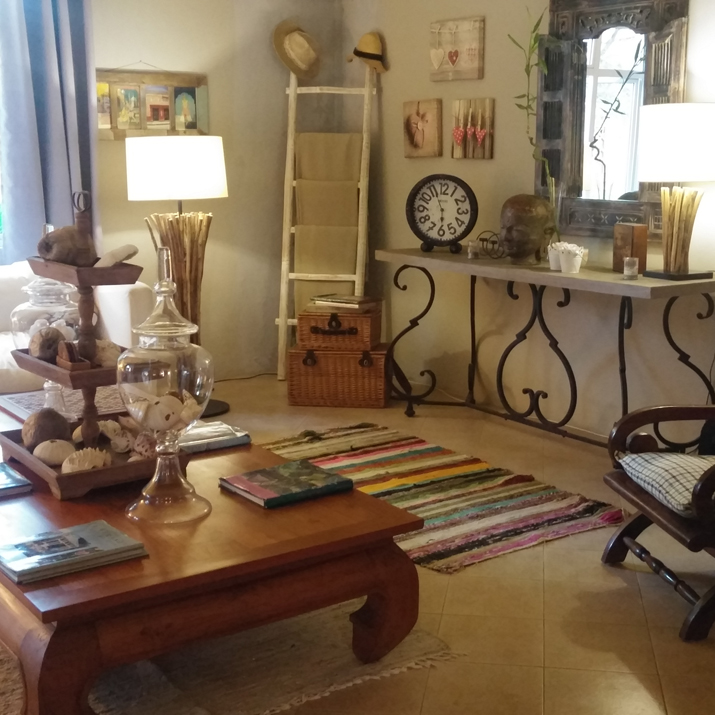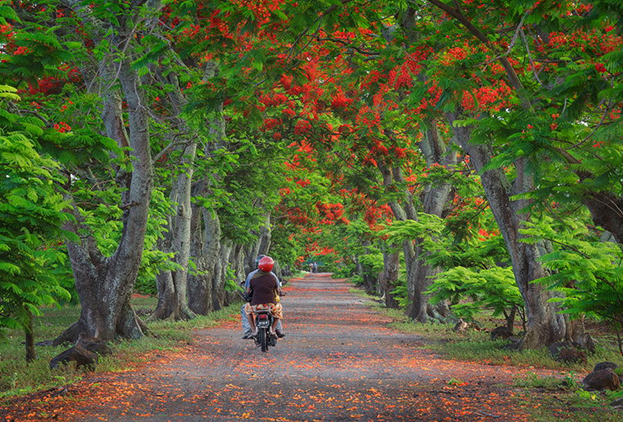Safeguarded by the coral reef barrier, the sea in the north is always calm and turquoise-clear, appealing for seekers of restful holidays and touristy villages. To create contrast with the quiet sea, its powdery beaches can become very agitated with people, fast food shacks, tour hawkers and the ever present old school ice-cream trucks.
Show me the beaches
Roches Noires is an old village at the north-east of the island, popular for its basaltic rocks (thus its name, “Black Rocks”) upon which you often stand. Well, those large black blocks represent the top of underground tubes where lava used to pass. Remember Mauritius is a volcanic island, and Princess Margaret Caves are five connected openings of the tubes that allow you access into an underground world of pure air, perfect darkness and complete silence. You can’t imagine anything like this in Mauritius, which makes it a must-discover when in the North.
Looking for a unique experience? Ask us for a guided hike with lanterns!
After almost 250 years, the botanical garden remains as one of the island’s most iconic heritage sites at the North of the island. A stroll down its avenues will take you through ponds of floating flowers, huge Banyan trees with hanging lianas and different species of exotic trees, palms and plants from around the world.
A cultural gem in the North of the island, Chateâu de Labourdonnais is a colonial house-museum that takes you back to the allure of living in Ile de France, back in the 19th century. The opulent house exhibits its collection of vintage furniture and its orchards garden a lavish vegetation that produce fresh juices, jellies and jams for distribution in the island. An agricultural rum tasting awaits for a rewarding closure, where you will meet Mauritius’ macerated rums in fruits and spices such as coffee & vanilla, calamondin and the award-winning lemongrass.
